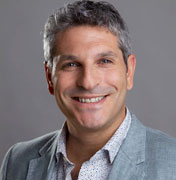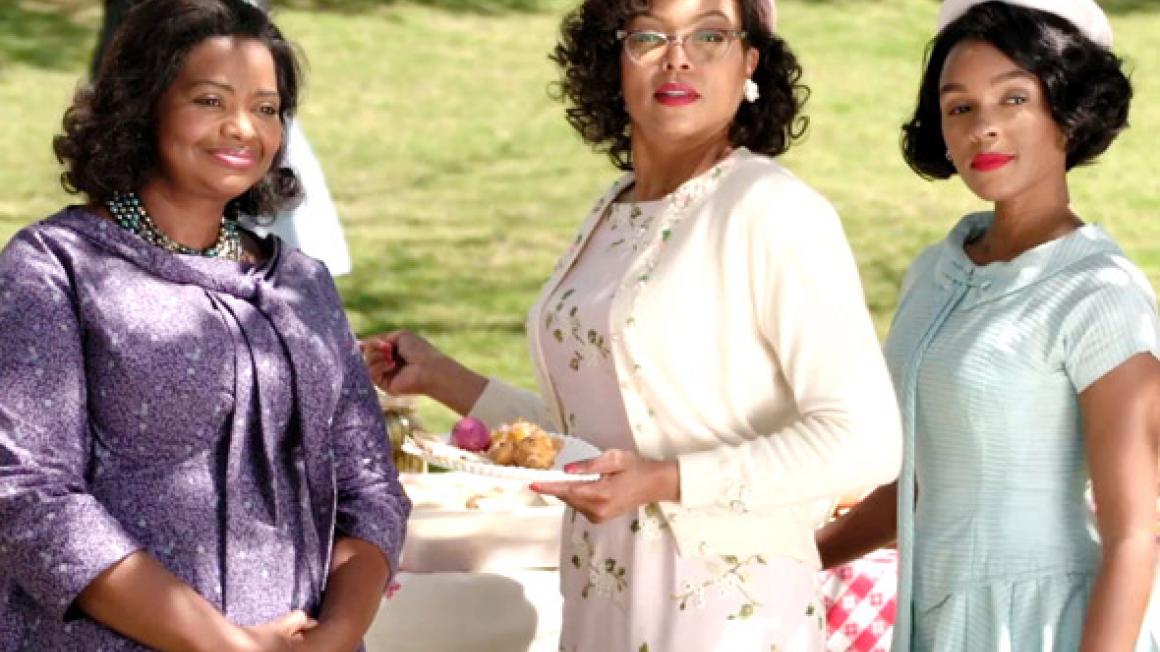Hidden Figures
As the title suggests, this story has lain untold since the 1960s but bursts onto the screen now with verve and wit, as if to make up for lost time.
Set among the female African-American mathematicians working on the space programme at Nasa, what might have ended up a sober documentary about civil rights and segregation is turned into a bright Hollywood production, and it’s all the better for it.
Octavia Spencer, Janelle Monáe and Taraji P Henson become the three main figures, playing friends Dorothy Vaughan, Mary Jackson and Katherine Johnson, who journey in from rural Virginia every day to work at the vast Langley complex, where black employees (‘coloreds’) are relegated to a bunker of an office.

However, Johnson’s brilliant mathematical smarts see her promoted to work in the main building under the supervision of gum-chewing Kevin Costner (as Al Harrison), where she’s not just the only woman working there, but the only black person.
The film manages to make serious points while maintaining a great sense of fun, helped by sassy performances that really get across the bonds of friendship between these three real-life characters, as well as their determination to succeed.
It’s one of those movies where people do a lot of ‘math’ on blackboards and stare wide-eyed at equations and brackets. Henson’s performance as Katherine Johnson, in particular, zings with humour. She’s forever dashing about in heels, dropping files and adjusting her glasses in comic montages set to peppy Pharrell songs. But when you realise her teetering sprints across the campus are to go to the only ‘Colored Ladies’ bathroom, the skill of the film comes to the fore.
Director Theodore Melfi keeps many plates spinning, giving each of the main characters their own story lines, dealing with civil rights issues (riding at the back of the bus, coloreds-only drinking fountains and segregated sections in the library) and handling the mounting tensions of the space race.
Johnson’s task is to calculate the correct trajectory for astronaut John Glenn’s pioneering orbital flight, and the film expertly reminds us of the pressure and expectations of the nation and how US morale really was crushed by the Russians getting ahead with their Sputnik satellites and the success of the first human in space, Yuri Gagarin.
I can’t stress enough how enjoyable this film is throughout, making a virtue of its occasional ‘you go, girl’ corniness, ticking off the little victories these women achieve and capturing the sense of paranoia that enveloped America over the perceived Russian threat.
Where it really triumphs is that instead of any anger, the film cleverly makes racism look ridiculous, and the women wholly inspirational without their even knowing it. Usually films about maths focus on a certain geekiness or even some kind of autism that marks out the ‘genius’ at the centre of the movie (think: a Beautiful Mind or Good Will Hunting) but Hidden Figures makes it all look perfectly normal, something that can be achieved by hard work and application, even while defeating prejudice and aiming for the stars.


